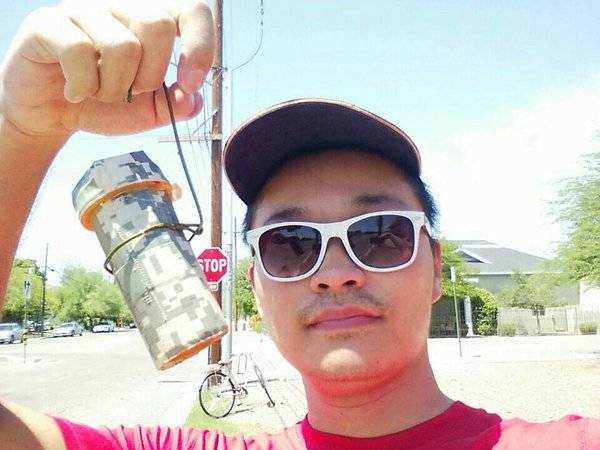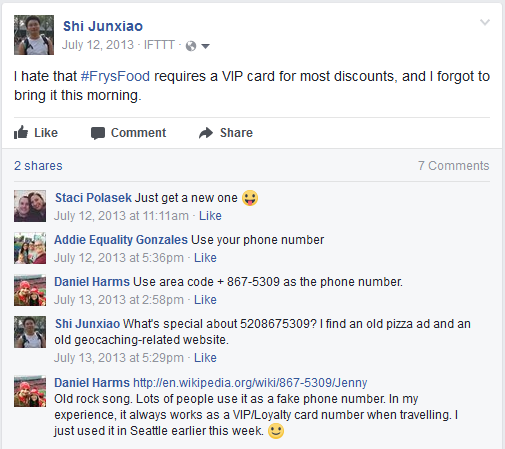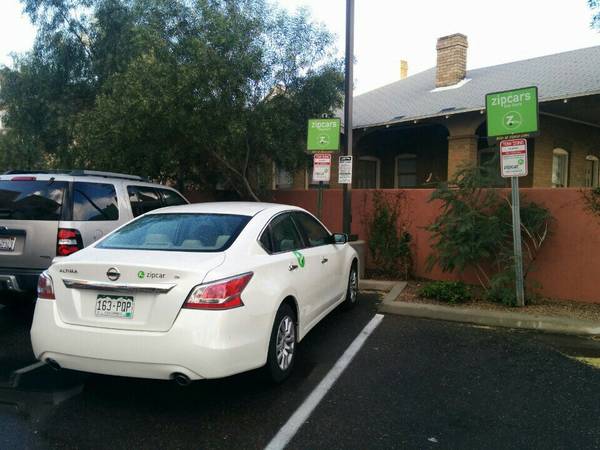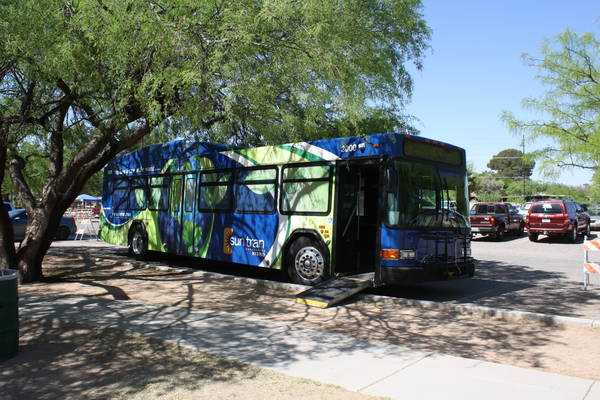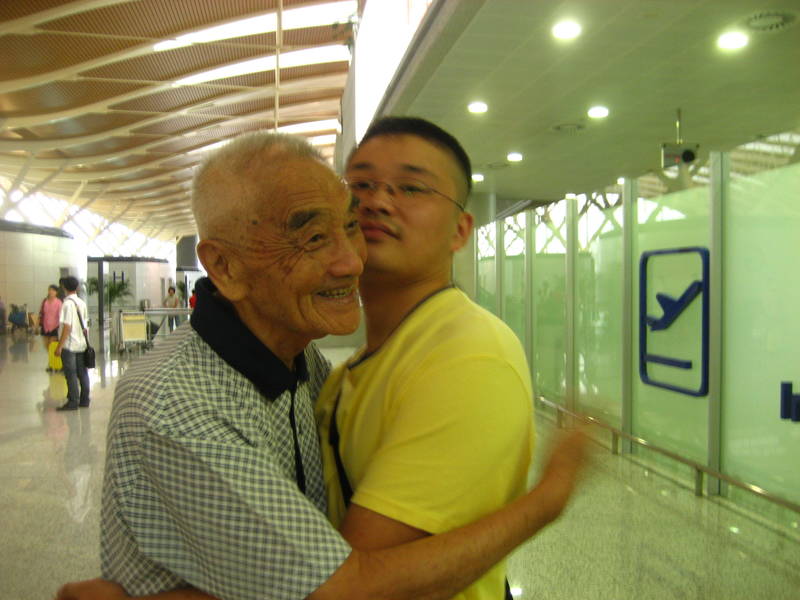Meet the World at International Student Association
Most of my social life during my six years at University of Arizona was at the International Student Association (ISA). I made friends, made frenemies, and had fun through events and gatherings organized by ISA.
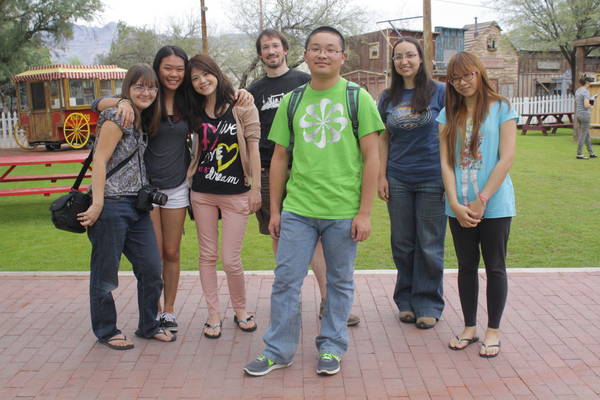
The Very First Event
Every incoming international student is required to attend the International Student Orientation, organized by International Student Programs and Services (ISPS). In the 2011 orientation, ISPS recruited a group of student workers, called Peer Integrators (PIs), to assist with the orientation, and to plan and participate in orientation social events for new international students. One of the social events was a campus race on Aug 14, 2011, organized by Morris Zhou, a PI from China. I participated in this event because its name sounds like my favorite TV show The Amazing Race.
The goal of this event was to make students familiarize with the UA campus. Each team of two or three students were given a sheet of hints, each referring to a location on campus. Within one hour, the team must visit as many locations as they can, and take pictures of the team members in front of those locations. The team that gets the largest number of correct answers would be awarded the winner.
